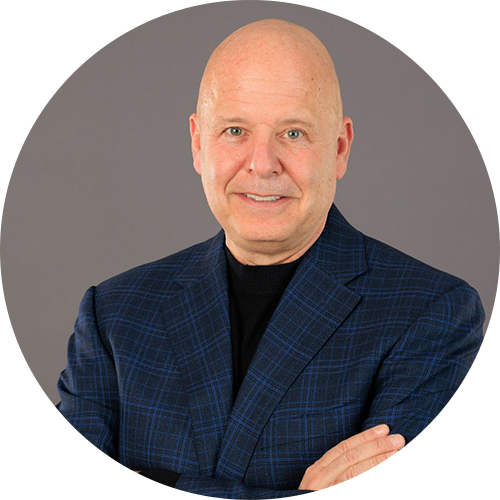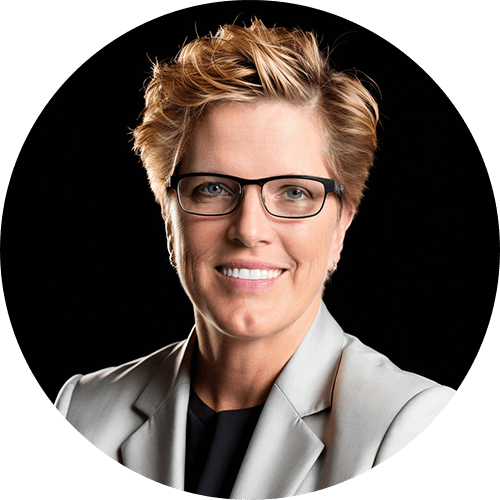The earliest millennials are turning 40. Forty! That’s middle age and mortgages and kids and a reason to ask about annuities!
If you believe they’re simply a pack of eaters of avocado on toast or on the hunt for the most amazing craft-brewed IPA, change your view. And fast. They are the largest generation on the job today, representing more than one in three workers, according to Pew Research. This growing force in the workplace presents challenges employers never had to face with prior generations.
Of consequence, a study by Gallup found “only 29% of millennials are engaged, meaning they are emotionally and behaviorally connected to their job and company. Another 16% of millennials are actively disengaged, meaning they are more or less out to do damage
to their company. The majority of millennials, 55%, are not engaged, leading all other generations in this category of workers.”
Imagine you’re a manager at a company with a large and growing millennial workforce needing to engage them, drive behavior changes, and have them focus on targets plus develop as professionals. What’s more, you’re seeing employees walk out the door for lower paying jobs as they don’t see a clear path for growth.
Not a hypothetical for Brian Snyder. He’s a regional director at Cellular Sales, Verizon’s premier retailer in the US that operates 700+ stores in 29 states with 5,000 employees. He realized a holistic program that provided training, performance measures and recognition was necessary if he was going to get his overwhelmingly millennial sales team engaged and understanding their KPIs as well as how best to achieve them.
He first tried a largely manual method that was limited to a single KPI, updated results infrequently and did nothing for no one in the organization. On top of that, it couldn’t scale. Realizing who he was dealing with, people seemingly always on their phones, Snyder opted for a mobile-first approach with gamification at its foundation. The switch let him go from 1 to 9 KPIs, and see them updated hourly. Importantly, employees could see their accomplishments in the context of a game, complete with points, leaderboards and real-time, on-device coaching.
Considering these employees, like most millennials, log loads of screen time on their mobile devices, having access to their performance data 24/7 had a dramatic impact. Engagement levels soared. This method also permitted a spotlight to be shined on a short-term initiative, like a sales contest, but without any lessening of focus on the core KPIs.
Beyond showing employees how they were doing, this gamified approach also suggested what they could do to better – automatically. In addition, it changed the dynamic between employee and manager. Instead of the manager telling the employee what needs to be done to improve performance, s/he could ask, “what did the system tell you to focus on?” That’s then followed by, “okay, let’s see how we can help you work on that.”
Snyder observed that this gamified performance and development platform is far from a play toy that spurs employees to chase after recognition, perks or bonuses. He suggests that it is a far-ranging management tool. “Looking at someone’s engagement level with the system can tell me if someone needs help with something or is just disenfranchised. If someone checks their results and engages with the system often but is still not doing well, we know we need to provide them with relevant coaching. On the other hand, if someone doesn’t even check the system that means it’s something deeper, and we must see what can be done to re-engage them. Sometimes it’s as simple as offering them another challenge or sending a quick message of encouragement. Sometimes they might be having personal issues, and this prompts us to be aware.”
How do I know so much about this use case? Cellular Sales is my customer. They’re using the Centrical platform to advance the performance, skills and commitment of its 5,000 retail employees across the country. Some 90 percent of employees check their status and feedback at least twice a week. Almost 60 percent engage with the platform every day.
Cellular Sales has found a strong correlation between engagement and business results. In fact, employees highly engaged with the Centrical platform have:
- 75 percent higher new activations
- 53 percent new handset sales
- 2X higher sales of products in focus
- 45 percent higher accessory sales
Yes. Making it a game can really work with millennials at work.
Engage and motivate your frontline teams
Improve performance with an AI-powered digital coach
Deliver world class CX with dynamic, actionable quality evaluations
Boost performance with personalized, actionable goals
Nurture employee success with the power of AI
Listen and respond to your frontline, continuously
Drive productivity with performance-driven learning that sticks
Drive agent efficiency, deliver client results
Keep tech teams motivated and proficient on products and services while exceeding targets
Maintain compliance while building customer happiness and loyalty
Enlighten energy teams to boost engagement
Engage, develop, and retain your agents while driving better CX
Improve the employee experience for your reservations and service desk agents







 Madeleine Freind
Madeleine Freind
 Natalie Roth
Natalie Roth Linat Mart
Linat Mart












 Doron Neumann
Doron Neumann Gal Rimon
Gal Rimon Daphne Saragosti
Daphne Saragosti Ella Davidson
Ella Davidson Ariel Herman
Ariel Herman Ronen Botzer
Ronen Botzer